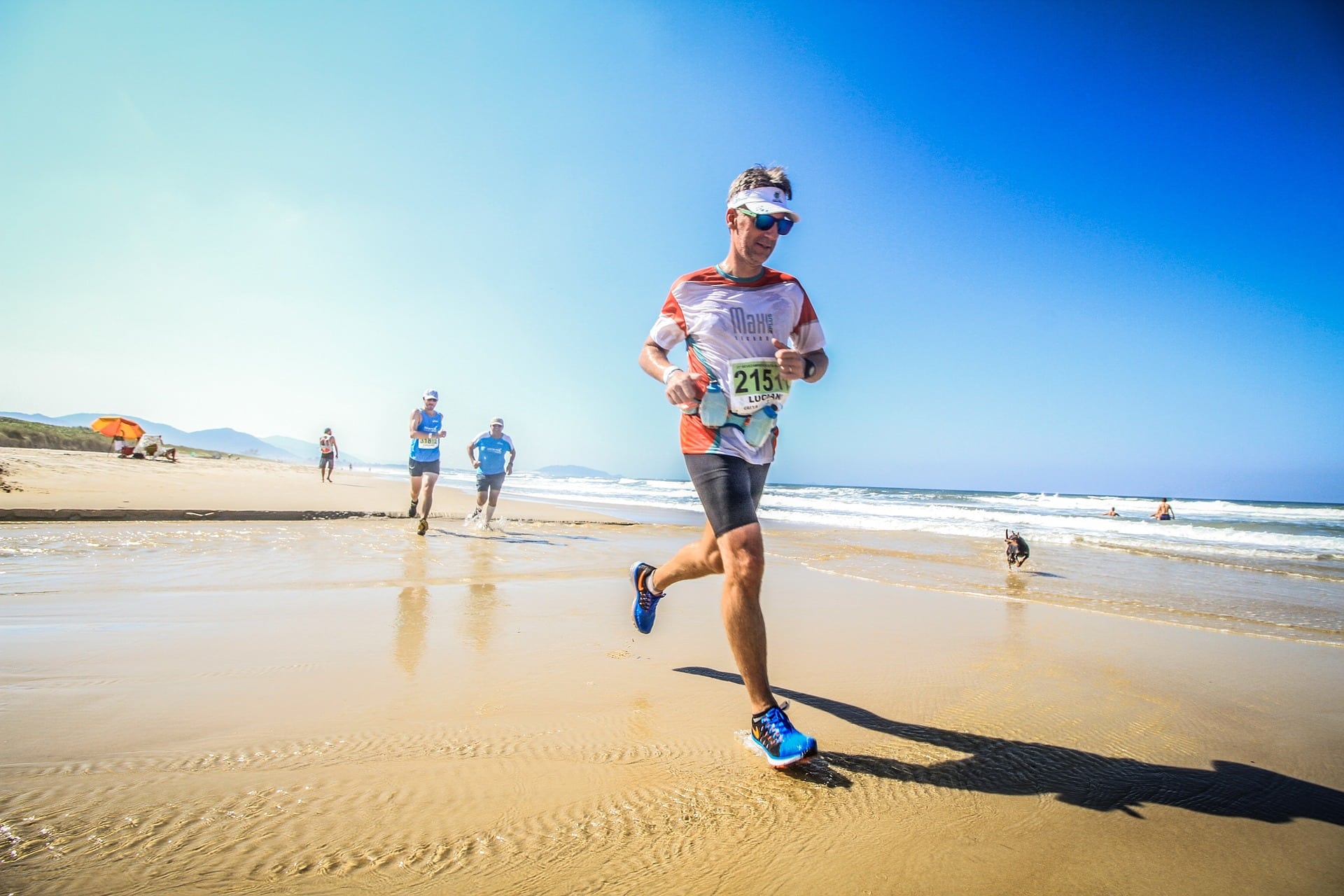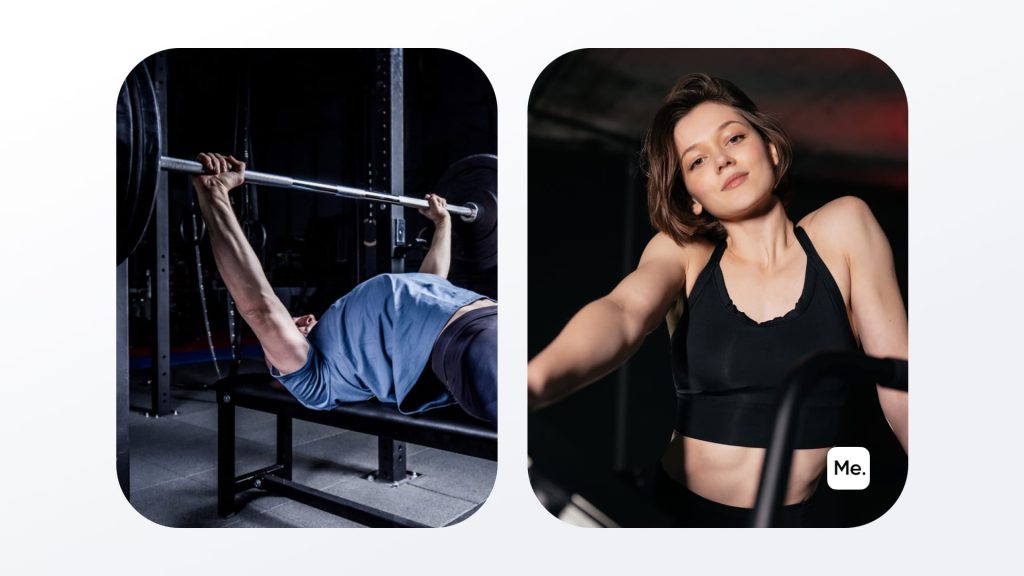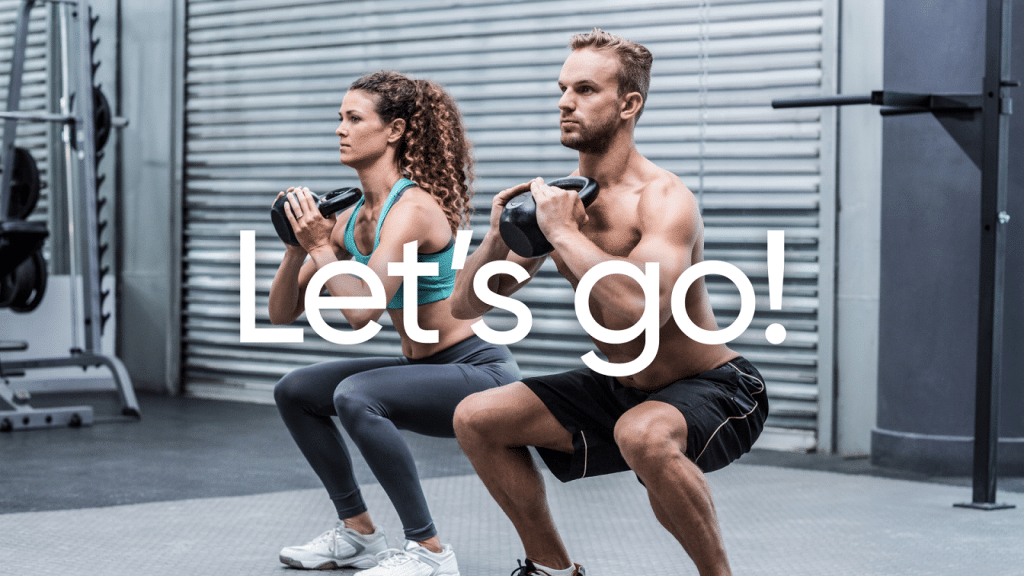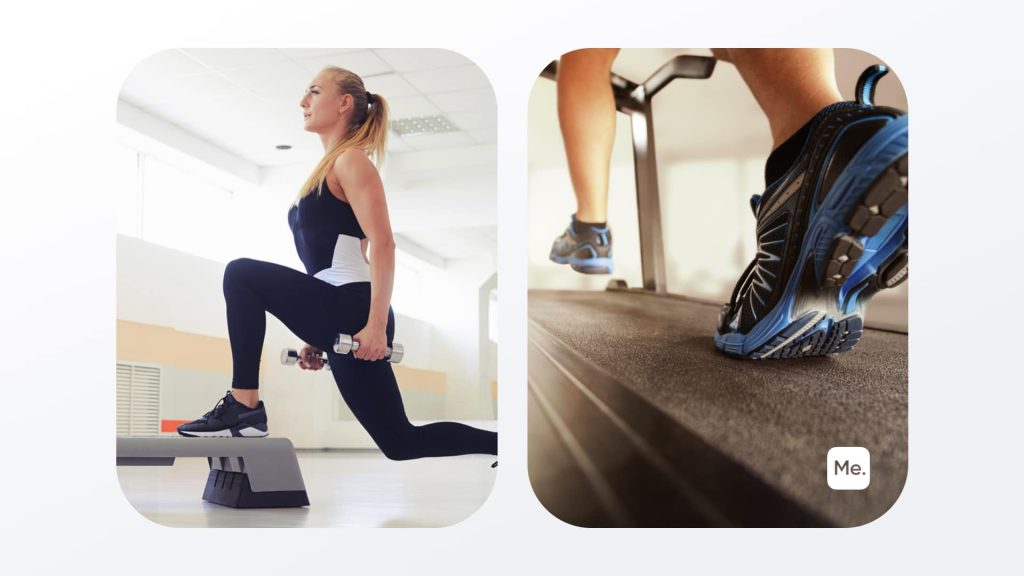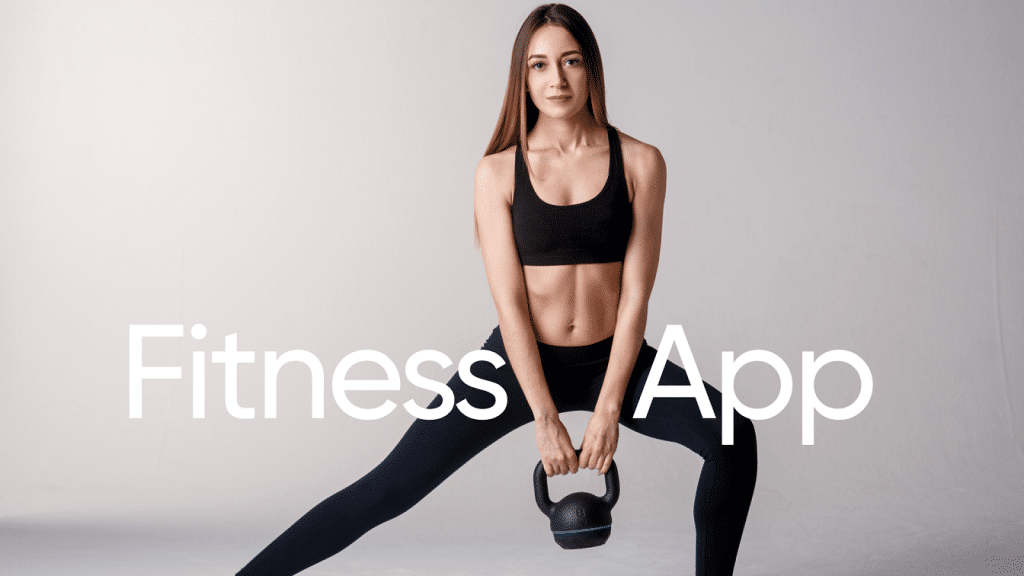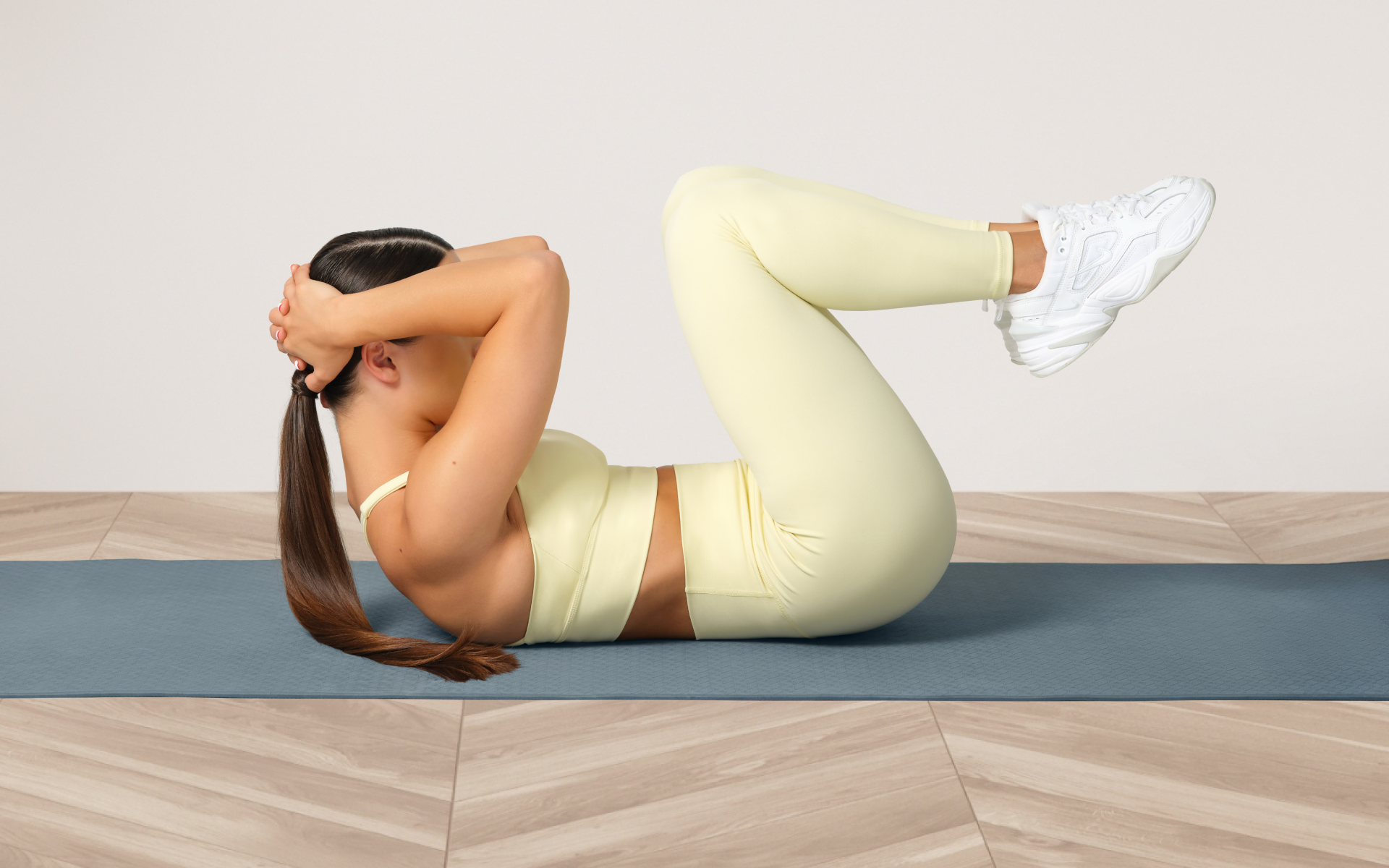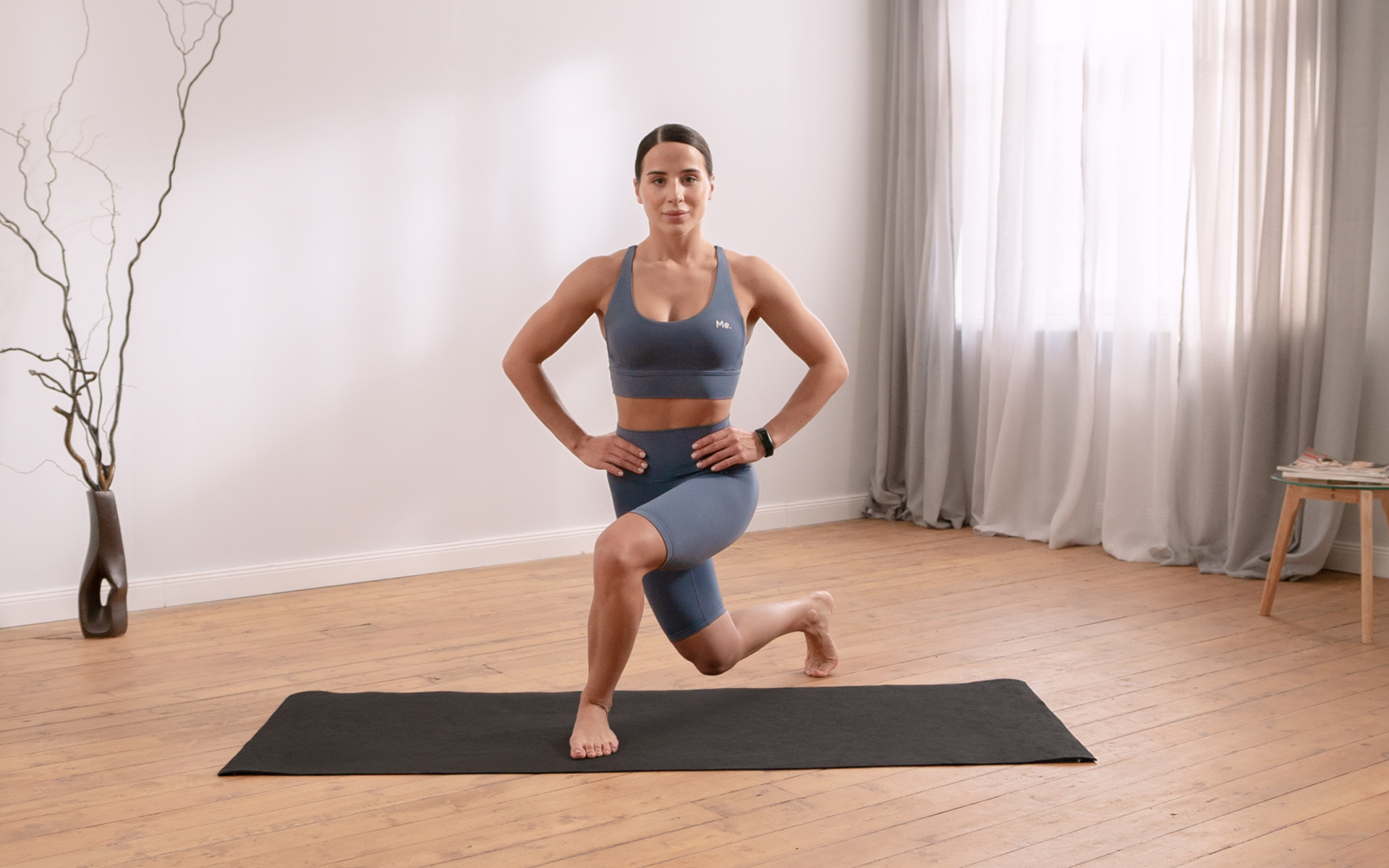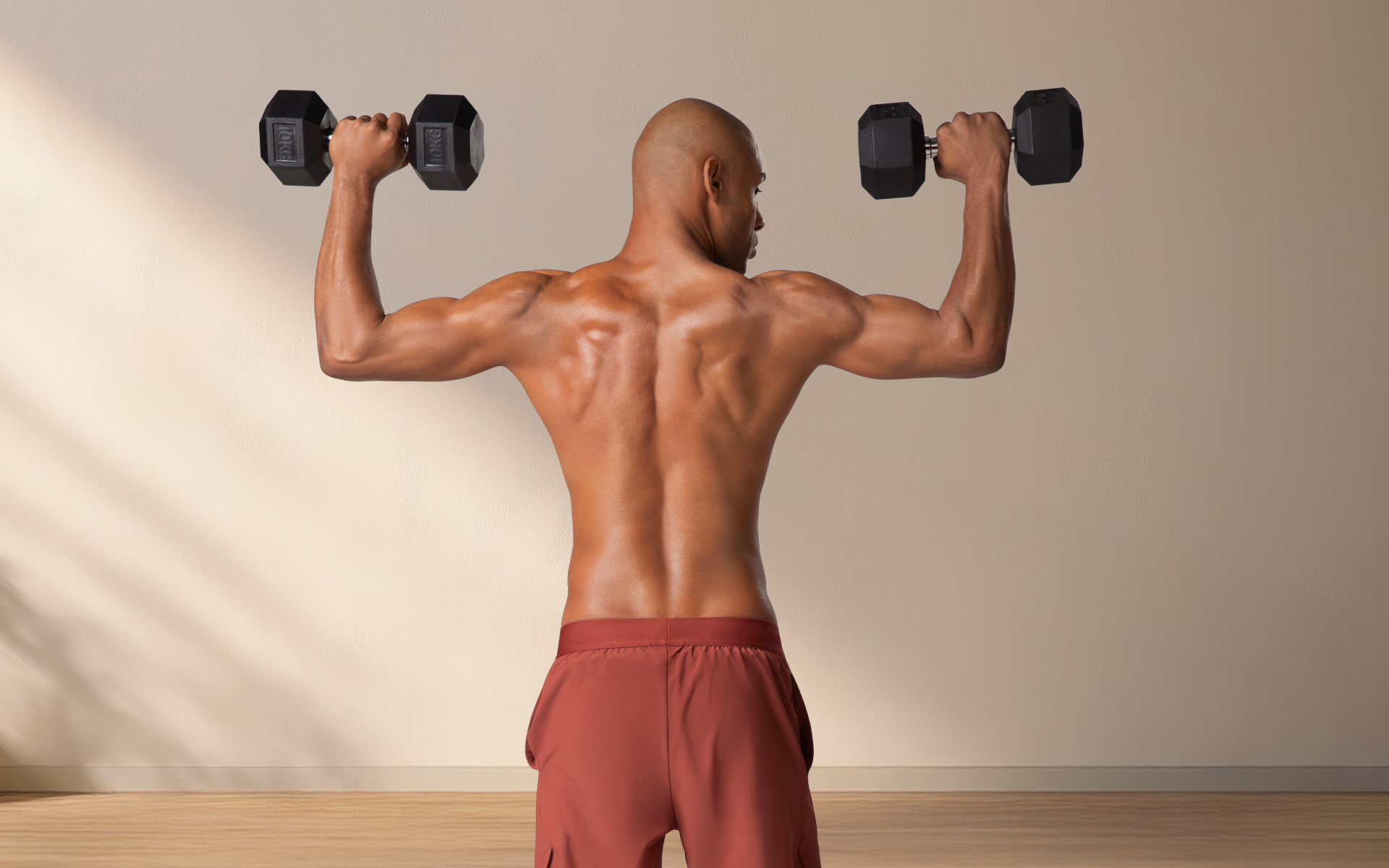Most triathlete training programs emphasize aerobic activities like swimming and cycling. However, these athletes need to work on their muscle strength and endurance, and these activities do not necessarily fit the bill. Fitness experts recently revealed that strength training workouts could benefit triathletes preparing for a triathlon by building strength, stamina, and endurance.
Get your personalized
meal plan!

Despite this insight, most triathletes struggle to develop practical strength training programs. So in this read, we will be discussing how you can create a triathlete weight training plan. On top of that, we will also reveal how long you should follow such a plan, plus some tips you can adopt for a more manageable yet beneficial training time. Take a look!
What Is Strength Training?
It refers to training that uses resistance to muscular contraction to increase strength, anaerobic endurance, and conditioning using weights. Therefore, it is sometimes referred to as weight training. Fitness experts associate strength training with numerous benefits, which reflect solid reasons to start this program, including (1):
- Increased Muscle Mass And Strength. This is because you incorporate weights that make your muscles work double and against the force.
- Increased Calorie-Burning. Strength training exercises also help you burn calories and may help promote weight loss. However, note that the calories you burn will be influenced by factors such as the intensity of the routine.
- Faster Way Of Getting In Shape. If you want to transform your body shape faster, then consider strength training. Experts acknowledge that this routine can get you in shape in no time (1). However, it would be best to work with an instructor if this is your goal.
- Increased Bone Density. Exercising with weights stresses your bone and increases its density, leading to decreased risk of osteoporosis.
- Better Posture. Strength training will possibly work on your posture because strength training workouts emphasize form.
- Enhanced Mood. In general, exercising helps enhance your mood by relieving stress and anxiety and releasing the feel-good hormones.
- Enhanced Metabolism. Weight lifting or strength training strokes your metabolism, which increases the calories you burn even at rest (1).
- Reduced Cardiovascular Risk. Strength training reduces the risk of cardiovascular risk factors, for example, high blood pressure, high cholesterol, obesity, and diabetes (7).
- Strengthened Significant Muscle Groups. Particularly in the upper and lower body and improved functioning in older individuals (7).
- Better Quality Of Life (Especially As You Age). Quality of life, in this case, is expressed as physical and mental well-being.
Read More: Triathlon For Beginners: A Guide To Entering Your First Triathlon Event
Why Should Triathletes Perform Strength Training Workouts?
The general approach for most triathletes is performing swimming, running, or cycling routines (5). So, it is odd for most when they are told to execute a strength training workout plan. Why? This is the main question most triathletes will ask.
Experts acknowledge that these workouts have a handful of benefits for triathletes. They help improve triathlon performance, endurance, longevity, and physical and mental well-being (5). To prove this, we will evaluate two studies.
Study 1
A 2002 study was conducted among 15 triathletes to study the effects of concurrent endurance and strength training on the running economy and VO kinetics (2). The researchers discovered that heavy weight training among triathletes improved their maximal strength and running economy, with most reporting significant effects on the VO kinetics pattern with heavy strength training (2).
Study 2
Another study was conducted in 2013 to determine the effect of combining endurance training with heavy strength training on endurance performance in endurance-trained runners and cyclists (6).
Like with the first study, the research findings indicated that the running economy was improved when the participants performed endurance training and heavy or explosive strength training activities (6).
However, the study revealed that strength training was the best activity for improved running economy and increased running speed and power output (6). The study, therefore, suggested that endurance runners like triathletes perform strength training workouts and endurance activities like swimming and running (6).
On top of these benefits, you will reap the benefits of strength training, which we have discussed above. There are different approaches you can choose to add this training plan to your schedule. First, you can choose to perform it as your main workout routine for several weeks. Alternatively, you can complete the exercises as additional workouts on top of your other training program.
It would be best if you made this decision after talking to your doctor and trainer. They will help you make an informed decision that makes sure you do not mess up or injure yourself after picking up either approach.
Whether you’re looking to simply pep up your fitness routine, jazz up your diet with mouth-watering low-calorie recipes or want to get your act together and significantly drop that number on your scale – BetterMe app has got you covered! Improve your body and revamp your life with us!
What Is The Best Triathlete Weight Training Program?
The best triathlete weight training routine is safe, accounts for the athletes’ fitness levels, and incorporates the best exercises to help them prepare for the triathlon. You do not have to break your back doing a list of endless weight lifting exercises.
Instead, fitness gurus have revealed that five to six effective weight lifting workouts are enough and go a long way. However, note that everyone responds to weight lifting differently, which is why it is best to work with a licensed trainer to determine what suits you best. Nevertheless, most instructors recommend the following weight training workouts for triathletes:
Goblet Squats
Squats are a staple in a triathlete’s weight training plan. These full-body exercises work for your major muscle groups and help build muscle strength and endurance. Goblet squats are performed like the basic or regular bodyweight squat.
The only difference is that with goblet squats, you will have to incorporate weights. You can choose to work with a kettlebell, medicine ball, or dumbbell (9). These weights help target your core and leg muscles for further increased strength, which is vital for the triathlon.
Here is how you perform them (9):
- Stand with your back straight and feet shoulder-width apart. Let your toes be slightly pointed outward, and your knees align with your feet.
- Hold the dumbbell, kettlebell, or medicine ball.
- Bend your knees and push your hips backward to resemble the act of sitting in a chair. Be sure to keep your back straight.
- Breathe in as you lower to the squatting position and keep the weight on the balls of your feet to prevent tilting forward.
- When your knees form a 90-degree angle, push back to the standing stance through the feet.
- Repeat.
Deadlifts
One of the highly recommended strength training exercises in most plans is the deadlift. It is advantageous, especially in increasing muscle strength and mass (3). However, although it looks effortless to perform, without the correct technique, you will injure yourself.
Here is a step-by-step guide on how to master the deadlift technique (3):
- Stand upright and behind a barbell with your feet hip-width apart.
- Push your hips back, slightly bend your knees, and lean your torso forward to grasp the barbell off the floor. Depending on what you prefer or what the coach advises, you may choose to go for a double overhand or a mixed grip.
- Squeeze the bar as hard as possible and slowly straighten your legs to move into a standing stance.
- Keep your back straight, legs firmly rooted on the ground, and head in a neutral position.
- Clench your glutes at the top of the movement.
- Exhale and lower the bar to the floor. You do not have to let go of the bar, but be sure not to arch your back.
- Repeat.
Leg Press
The other effective weight lifting workout for triathletes is the leg press. According to Medical News Today, the leg press ranks as one of the recommended multi-joint strength training workouts that can help define and tone the leg muscles of triathletes (10).
It works your quads, calf muscles, glutes, and hamstrings (8). There are different variations of the leg press exercise.
Take a look at this guide on how to perform a seated leg press (8):
- Start by adjusting the seat such that your legs are comfortably bent without strain and at a 90-degree angle.
- Place both feet on the platform and let them be shoulder-width apart.
- Grasp the handles of the machine and slowly stretch your legs. Proceed keenly to avoid arching your back or caving your knees inward. Again, do not use momentum to force your knees to stretch.
- As your legs and knees straighten, you will feel the tension in your legs and butt muscles.
- Slowly bend your knees to the starting position.
- Repeat.
Read More: Resistance Training For Weight Loss: How To Boost Your Weight Loss Goals Through Strength Training
Bent-Over Row
The bent-over row is one of the best exercises triathletes can perform to maximize their upper body strength and pulling power. Unfortunately, most triathletes, mainly beginners, focus only on the lower body, perhaps because running is their primary activity.
As a result, they forget to exercise their upper body. You must have an all-rounded training plan that helps you build muscle strength and endurance throughout your body. For example, there are several variations of the bent-over row exercise that you can perform. One of which is the bent-over row with a dumbbell.
To perform this, Mayo Clinic suggests you follow these steps (8):
- Start by resting a knee on a weight bench.
- Lean forward, keep your back straight and support yourself using one hand.
- Grasp a dumbbell of comfortable weight in the other hand and let it hang straight and directly beneath your shoulder.
- Start to slowly raise the dumbbell towards your shoulder until your elbow lines up almost directly beneath your shoulder. You will feel some tension in your upper back muscles and at the back of your shoulders.
- Stay in this stance for a few seconds.
- Slowly release and lower the dumbbell to the starting position. No other part of your body should be moving except your arm.
- Repeat.
Alternatively, you can also do the bent-over row exercise without the weight bench. In this case, you will ditch it and perform the activity in a standing position. Similarly, instead of a dumbbell, you will need to use a barbell to complete this exercise.
Here are the steps that you should follow (8):
- Stand in front of a barbell with your feet hip-width apart.
- Grab the barbell using an overhand grip with your hands positioned slightly wider than shoulder-width distance.
- Bent your legs, push your hips back, and lift the barbell off the floor. Keep your back straight and row the barbell towards the lower part of your chest.
- Pause for a few seconds when the barbell is close to the lower part of your chest.
- Lower your weight to the starting position.
- Repeat.
Lunges With Dumbbells
Lunges are another staple in strength training programs, thanks to their numerous benefits. They work on major muscle groups and give your entire body a thorough workout. It is also an excellent activity to strengthen your hamstrings and quads to help your knees (4).
Here is a comprehensive step-by-step guide on how to lunge better for maximum results (4):
- Stand upright with your feet hip-width apart and with a dumbbell in each hand. Make sure you are using comfortable weights.
- Step forward using your right leg. Slowly bend your left leg and lower your leg until your right thigh is parallel to the floor. Let your left knee rest a few inches above the floor.
- Let the headlights of your hips be straight ahead. If your hips collapse, it means that you have taken a massive step than required or have gone extra low. So, stand and take another step.
- Pause at the top of the movement before returning to the starting position.
- Alternate legs and repeat.
If you struggle to even flirt with the idea of giving up your favorite foods or working out till your legs give way – BetterMe app is here to breathe a fresh perspective into the way you view the weight loss process! Check out the app and experience the fun side of fitness and dieting with BetterMe!
How Long Should You Follow A Triathlete Weight Training Program?
It all comes down to the timeline before your triathlon. As we all know, training is paramount if you are preparing for any race, regardless of whether it is 5K or 13 miles. So, if you are eight weeks away from your triathlon, you are required to train for eight weeks.
Similarly, if you are six weeks away, you must train in all six weeks. However, note that the intensity of the exercises will vary depending on the training time you have. For example, in the first four weeks, you may perform higher reps of lighter weight lifting workouts. If not, you may perform fewer reps of intense weight lifting exercises.
Tips On Weight Training For Triathletes
Our goal is to help you attain the results you desire from this training program. After extensive research, we have come up with the following secrets behind the success of triathletes following a triathlete strength training plan:
-
Using Comfortable Weights
The majority of the people who incorporate weights in their routine are hasty about lifting heavier weights. Unfortunately, this has hospitalized some with injuries. For beginners, the best approach is using lighter weights and then gradually increasing the loads as you progress.
Advanced athletes can use heavier weights, but again, not more than they can comfortably handle. Talk to your trainer if you have never worked with weights or are having problems identifying suitable loads.
-
Warming Up
Warming up is mandatory because it prepares your body for exercise by loosening and warming your muscles before strength training (11). WebMD suggests you perform an easy cardiovascular activity that warms up multiple muscles at once (11).
For example, you can choose to perform a short treadmill walking activity, easy-pedaling activity on a stationary bike, or slow jogging (11). Additionally, remember to also cool down instead of abruptly stopping after your weight lifting activity.
This is considered unsafe because you can experience dizziness and light-headedness sensations (11). Cooling down will prevent these effects and your blood pressure and heart from dropping rapidly (11).
-
Consistency
Consistency is paramount in the running training plan, which is why it is secondary to your family and work responsibilities. It helps keep you at par with your routine and prepare you thoroughly, both mentally and physically, for the triathlon.
However, it would help if you remembered to build on variety when you establish consistency. It would help if you mixed up your routines, which is what it means to introduce variety. The benefit of variety is optimal results because your muscles are ever working. Sticking to one routine for an extended duration leads to a fitness plateau, meaning no changes at all despite your training efforts.
The Bottom Line
An effective triathlete weight training plan includes five to six practical strength training workouts that work for multiple muscle groups. It should also introduce variety and cross-training for optimal results. Experts recommend some strength training workouts for triathletes: goblet squats, deadlifts, leg press, bent-over row, and weighted lunges. Be sure to talk to your doctor and trainer for guidance and a personalized triathlete weight training plan.
DISCLAIMER:
This article is intended for general informational purposes only and does not address individual circumstances. It is not a substitute for professional advice or help and should not be relied on for decision-making. Any action you take upon the information presented in this article is strictly at your own risk and responsibility!
SOURCES:
- Benefits of Strength Training? (2019, webmd.com)
- Effects of concurrent endurance and strength training on running economy and .VO(2) kinetics (2002, pubmed.ncbi.nlm.nih.gov)
- Give yourself a lift (2020, health.harvard.edu)
- How to Lunge Better: Try This Move to Help Achy Knees (2017, nbcnews.com)
- How to prepare for a triathlon (2009, theguardian.com)
- Optimizing strength training for running and cycling endurance performance: A review (2013, onlinelibrary.wiley.com)
- Strength training tied to better heart health than aerobic (2018, medicalnewstoday.com)
- Weight training exercises (2020, mayoclinic.org)
- What are the benefits of performing squats? (2021, medicalnewstoday.com)
- What are the best ways to lose leg fat? (2020, medicalnewstoday.com)
- Why Warm-Ups and Cool-Downs Are Key (2014, webmd.com)
